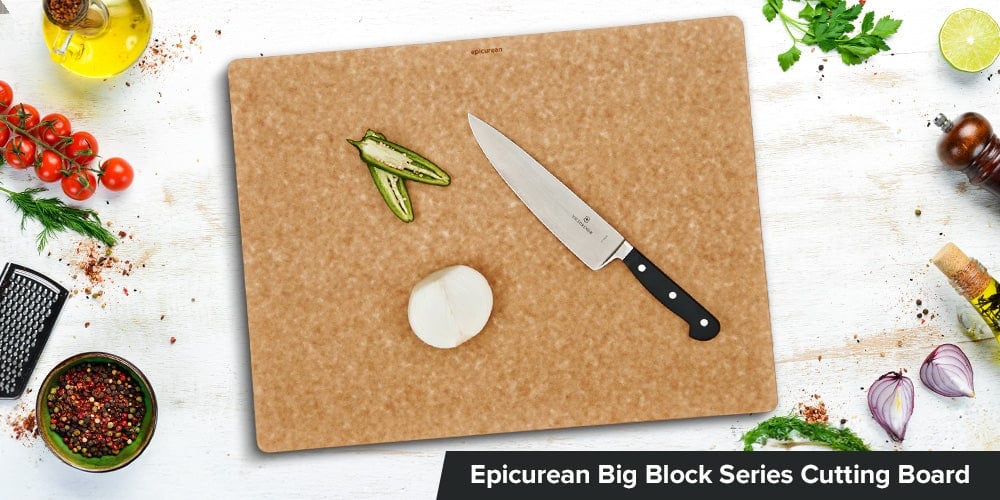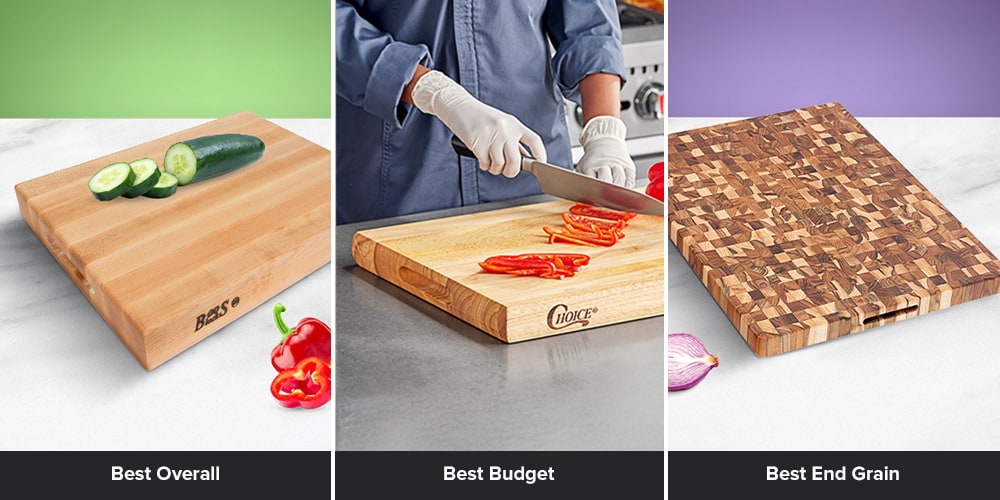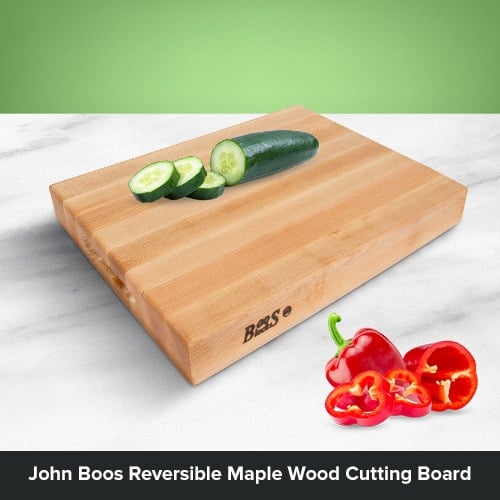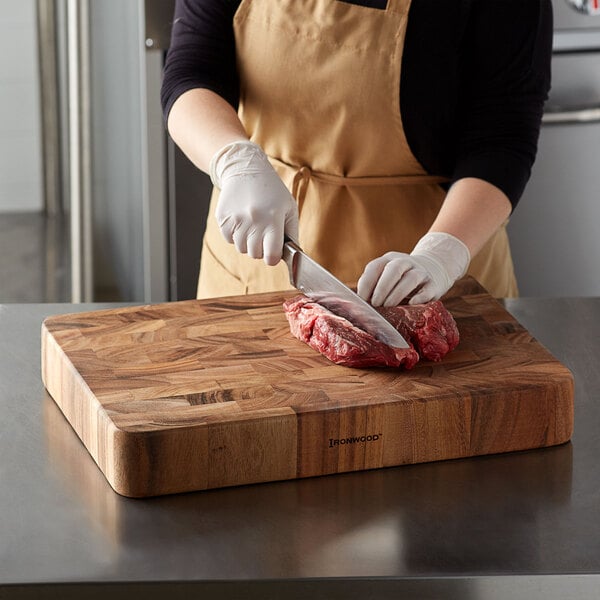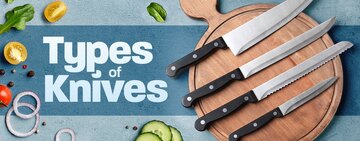Selecting the right cutting board is essential for any kitchen, whether at a restaurant or catering on the road. A well-chosen cutting board enhances food preparation efficiency and promotes food safety and knife longevity. With various options available, understanding key factors such as material, durability, care, size, and intended uses can guide you in making the best choice for your culinary needs.
1. Material
The material of a cutting board significantly impacts its performance and maintenance. Wood boards, particularly hardwoods like maple and walnut, provide a gentle surface for knives and possess natural antibacterial properties. Plastic boards are light weight, easy to clean, and often dishwasher-safe, making them ideal for everyday use. Resin and composite boards offer the perfect blend of wood and plastic, combining easy maintenance and a knife-friendly surface. Bamboo boards offer an eco-friendly alternative, while glass and stone boards provide a sleek appearance but may dull knives quickly.
2. Durability
Durability plays a crucial role in the longevity of your cutting board. High-quality materials withstand heavy use without warping or cracking. Wood boards tend to self-heal from knife marks, while thicker plastic boards resist cuts and damage. Consider how frequently you intend to use the board, then choose one that can endure your cooking habits.
3. Care
Proper care is essential for maintaining the quality of your cutting board. Wood boards typically require regular oiling to prevent drying and cracking, while most plastic boards are dishwasher-safe. Consider the maintenance and cleaning routine you're willing to commit to when selecting a cutting board.
4. Size
The cutting board size should match your kitchen space and food preparation needs. Larger boards provide ample space for cutting and chopping but may require more storage space. Smaller boards are convenient for quick tasks and easy to store but can limit your working area. Choose a size that fits comfortably in your kitchen while accommodating your typical food preparation tasks.
5. Use
Knowing how you plan to use your cutting board can help determine the best type for your needs. If you frequently prepare raw meats, consider a board that allows easy cleaning and minimizes cross-contamination. Use a versatile board that can handle various ingredients for general chopping tasks.
Back to Top 


